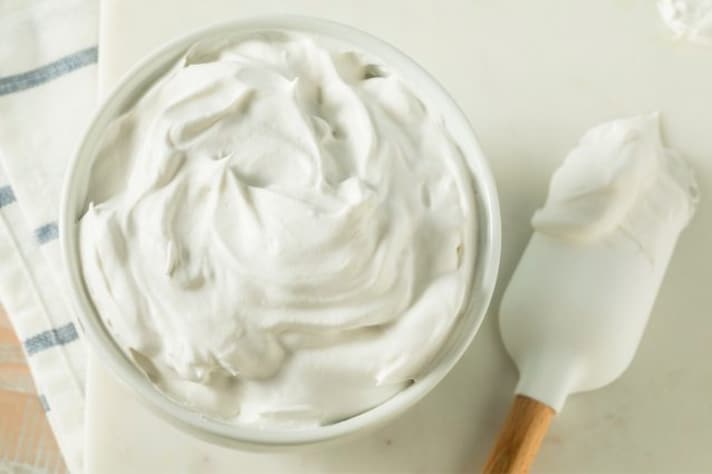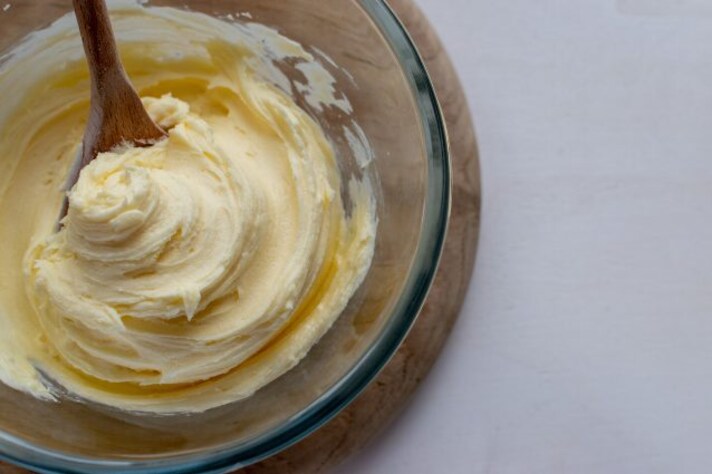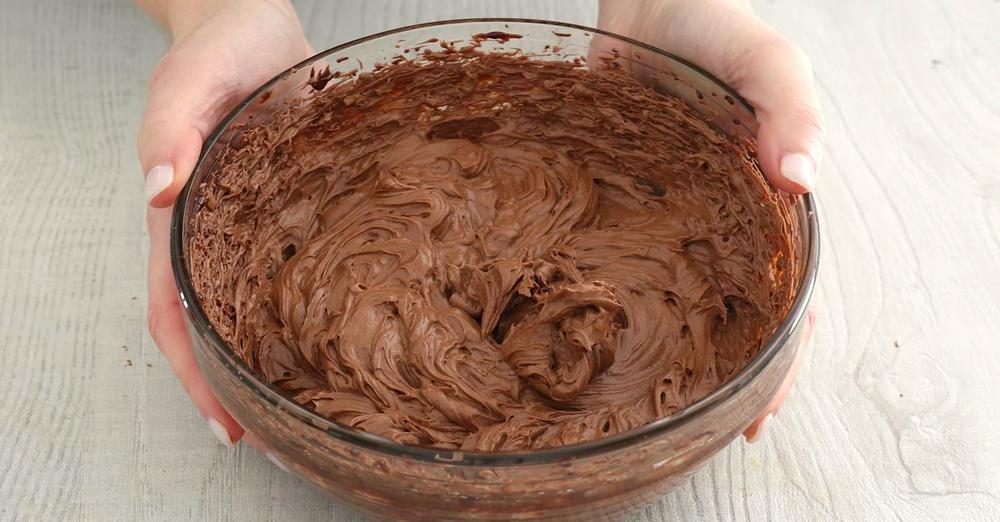How to Fix Grainy Buttercream: Tips for Achieving Smooth and Creamy Frosting
Grainy buttercream can be a frustrating setback when decorating cakes and cupcakes. Below, we discuss the common causes of grainy texture in buttercream and provide practical tips to rescue it and achieve smooth, creamy frosting every time.

Buttercream frosting is a staple in cake decorating, prized for its smooth texture and versatility. However, achieving the perfect consistency can sometimes be challenging, with grainy texture being a common issue faced by bakers. Fortunately, with the right techniques, grainy buttercream can be salvaged, allowing you to create beautifully decorated treats without compromise.
What Causes Buttercream To Have A Grainy Texture?
Grainy buttercream occurs when the fat in the frosting, usually butter, becomes too cold or too warm, leading to improper emulsification with the sugar. This results in a gritty texture that detracts from the overall appearance and mouthfeel of the frosting. Additionally, over mixing the buttercream can also contribute to graininess, as it can cause the fats to separate from the sugar and form an uneven mixture.

There are two major mistakes you might be making if your buttercream frosting has developed a grainy texture. They are:
- You used butter that is either too cold or too warm. Cold butter can result in lumps that don't fully incorporate into the frosting, while overly warm butter can cause the fats to separate and create a greasy texture.
- You added liquid ingredients, such as milk or flavor extracts, too quickly, causing the buttercream to curdle and become grainy.
How to Fix Grainy Buttercream
1. Bring the Butter to Room Temperature
To ensure smooth buttercream, it's essential to start with softened butter at room temperature. Allow the butter to sit out for 30 to 60 minutes before using it in your recipe. You should be able to press your finger into the butter without meeting much resistance.
2. Adjust the Temperature
If your buttercream becomes grainy due to temperature fluctuations, you can try adjusting the temperature to bring it back to a smooth consistency. If the buttercream is too cold, gently warming it in the microwave for a few seconds or placing it over a bowl of warm water can help soften the butter and encourage proper emulsification. Conversely, if the buttercream is too warm, chilling it in the refrigerator for a short period can firm up the butter and stabilize the mixture.

3. Slowly Incorporate Ingredients
When adding liquid ingredients, such as milk or flavorings, to your buttercream, do so gradually while mixing on low speed. This allows the ingredients to emulsify evenly and prevents the buttercream from becoming overly thin or curdled.
4. Use the Right Equipment
A stand mixer or hand mixer with paddle attachments is ideal for making buttercream, as they provide consistent mixing and help achieve a smooth texture. Avoid over mixing the buttercream, as this can lead to graininess.
How to Prevent Grainy Texture in Buttercream
Prevention is key to avoiding grainy buttercream in the first place. Start by using high-quality ingredients, including fresh butter and confectioners' sugar, and follow recipes closely, paying attention to temperature and mixing instructions. Additionally, store buttercream properly in an airtight container in the refrigerator for up to a week, allowing it to come to room temperature and re-whipping before use.
;Resize,width=767;)

;Resize,width=712;)
;Resize,width=712;)
